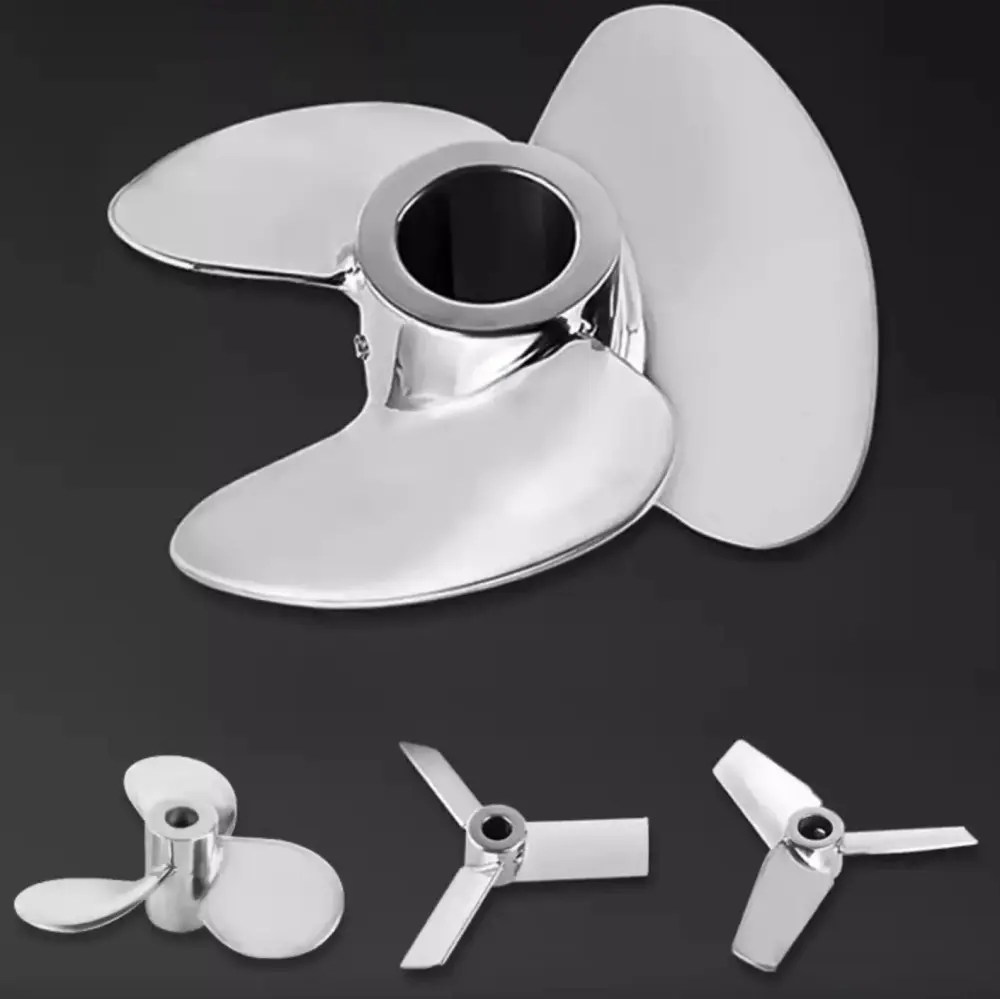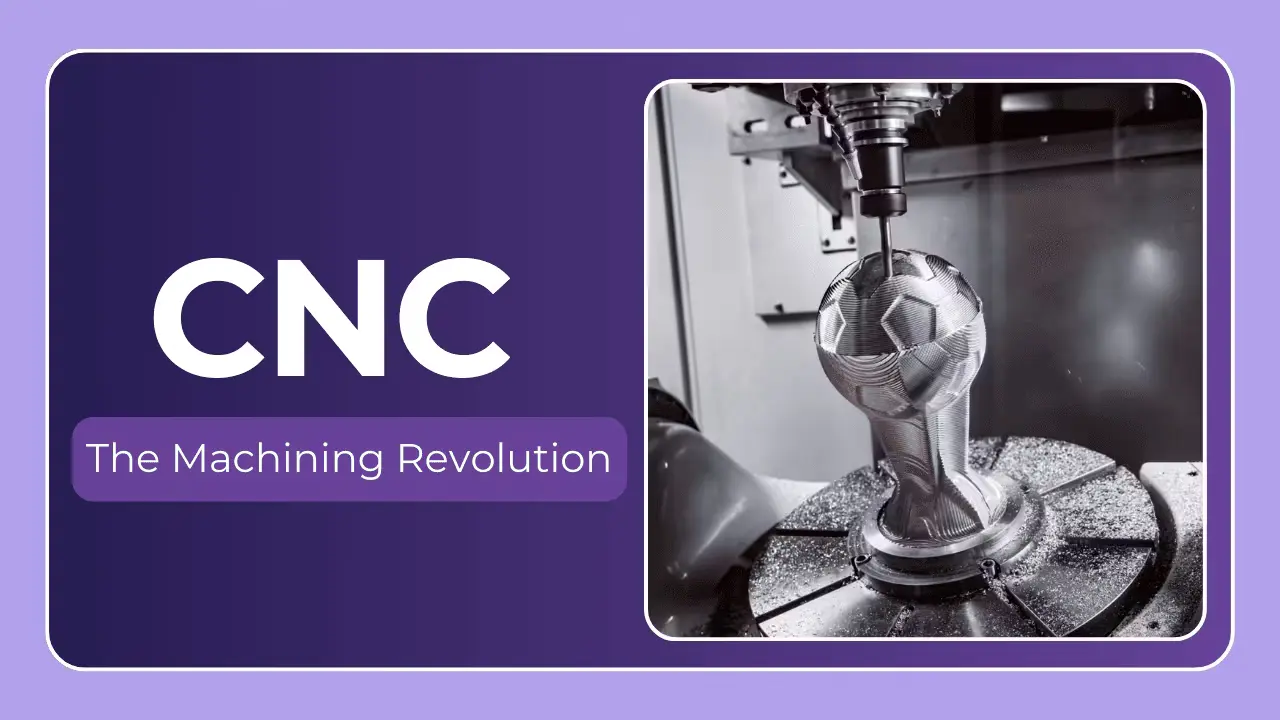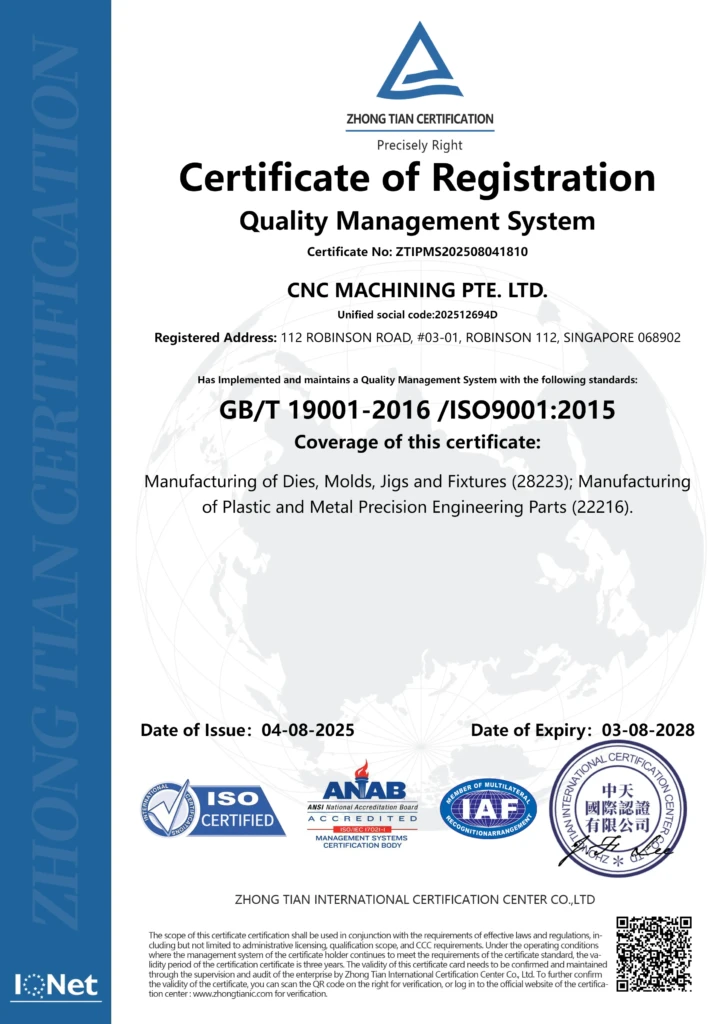Custom CNC Machining Services: Avoid Costly Material Errors
In the fast-paced world of manufacturing, Custom CNC Machining Services: Avoid Costly Material Errors stands out as a cornerstone for producing precision metal parts. However, one misstep in material selection can spiral into costly delays, part failures, or even safety hazards. Whether you’re an engineer designing cutting-edge components, a purchaser balancing budgets, a startup owner launching a product, or a multinational leader overseeing high-stakes production, understanding how to choose the right metal is critical. At CNC MACHINING PTE. LTD, a leading 5-axis CNC machining factory, we specialize in solving these challenges with advanced equipment, expert insights, and a commitment to excellence. This blog post explores the machining performance and cost of 15 key metals—including head-to-head comparisons like aluminum 6061 vs. 7075, stainless steel 304 vs. 316L, and titanium grades—while providing machinability ratings, fatigue strength data, and three real-world failure case studies. Let’s dive in and ensure your next project avoids the pitfalls of poor material selection.
Why Material Selection is the Backbone of Custom CNC Machining
When it comes to custom CNC machining, the material you choose dictates more than just the final part’s performance—it impacts production efficiency, tool longevity, and overall cost. A metal’s machinability determines how easily it can be cut, drilled, or shaped, directly affecting cycle times and tooling expenses. Meanwhile, fatigue strength—the ability to endure repeated stress—ensures durability in demanding applications. Get it wrong, and you’re looking at:
- Extended Production Times: Hard-to-machine metals slow down operations.
- Worn-Out Tools: Abrasive materials increase replacement costs.
- Catastrophic Failures: Weak fatigue strength leads to cracks or breakdowns.
With decades of experience, CNC MACHINING PTE. LTD has seen how proper material selection transforms projects from risky gambles into reliable successes. This guide arms you with the data and insights to make informed choices, tailored to engineers, purchasers, startups, and industry leaders alike.
Comparing 15 Metals: Machinability, Fatigue Strength, and Cost
To streamline your decision-making, we’ve analyzed 15 metals commonly used in custom CNC machining. The table below highlights their machinability ratings (higher = easier to machine), fatigue strength (in megapascals, MPa), and relative cost, offering a snapshot of their trade-offs.
| Metal | Machinability Rating | Fatigue Strength (MPa) | Relative Cost |
|---|---|---|---|
| Aluminum 6061 | 90 | 96.5 | Low |
| Aluminum 7075 | 70 | 159 | Medium |
| Stainless Steel 304 | 45 | 240 | Medium |
| Stainless Steel 316L | 40 | 220 | High |
| Titanium Grade 2 | 30 | 300 | High |
| Titanium Grade 5 (Ti-6Al-4V) | 25 | 500 | Very High |
| Brass C360 | 100 | 140 | Low |
| Copper C110 | 60 | 70 | Medium |
| Mild Steel (1018) | 70 | 220 | Low |
| Tool Steel (A2) | 40 | 400 | High |
| Inconel 625 | 20 | 300 | Very High |
| Magnesium AZ31B | 80 | 90 | Medium |
| Zinc Alloy (ZA-12) | 85 | 100 | Low |
| Nickel 200 | 50 | 150 | High |
| Monel K-500 | 35 | 250 | Very High |
Key Observations
- Brass C360 tops the list with a machinability rating of 100, making it a favorite for intricate, low-cost parts.
- Titanium Grade 5 offers unmatched fatigue strength (500 MPa) but demands specialized tools and higher budgets.
- Aluminum 6061 strikes a balance between machinability and affordability, while 7075 steps up for strength-focused applications.
This table is just the starting point. Below, we’ll unpack critical comparisons and real-world lessons to deepen your understanding.
Aluminum 6061 vs. 7075: Machinability Meets Strength
Aluminum alloys are a mainstay in custom CNC machining, thanks to their lightweight nature and versatility. But choosing between 6061 and 7075 requires a clear grasp of their differences.
Aluminum 6061
- Machinability: Rated at 90, its softer composition reduces tool wear and speeds up production.
- Fatigue Strength: 96.5 MPa—adequate for moderate loads but not high-stress cycles.
- Cost: Low, widely available, and easy to process.
- Applications: Automotive frames, marine fittings, and structural components.
Aluminum 7075
- Machinability: Rated at 70—tougher to machine due to higher zinc and copper content.
- Fatigue Strength: 159 MPa—nearly double that of 6061, perfect for cyclic loading.
- Cost: Medium, typically 20-30% pricier than 6061.
- Applications: Aerospace brackets, high-performance bike frames, and military gear.
Practical Insight
A startup crafting drone chassis opted for 6061 to cut costs, only to discover fatigue cracks after 50 flight cycles. Switching to 7075 doubled their material expenses but tripled the lifespan, proving that material selection must align with performance goals—not just budgets.
Stainless Steel 304 vs. 316L: Corrosion vs. Machining Challenges
Stainless steel’s durability makes it a go-to for many industries, but 304 and 316L cater to distinct needs.
Stainless Steel 304
- Machinability: Rated at 45—moderate, with work hardening posing slight challenges.
- Fatigue Strength: 240 MPa—robust for general use.
- Cost: Medium, cost-effective for non-extreme environments.
- Applications: Kitchen equipment, architectural panels, and industrial machinery.
Stainless Steel 316L
- Machinability: Rated at 40—slightly tougher due to its denser structure.
- Fatigue Strength: 220 MPa—comparable to 304, with added corrosion resistance.
- Cost: High, driven by molybdenum content.
- Applications: Marine hardware, chemical tanks, and surgical implants.
Real-World Lesson
A coastal equipment supplier used 304 for pump housings, expecting its corrosion resistance to hold up. Within a year, saltwater pitting forced a redesign with 316L. The switch raised costs by 15% but eliminated maintenance headaches, showcasing how environment trumps specs in material selection.
Titanium Grades: High Performance at a Premium
Titanium’s strength-to-weight ratio is legendary, but its grades demand careful consideration in custom CNC machining.
Titanium Grade 2
- Machinability: Rated at 30—difficult, with high heat generation and tool wear.
- Fatigue Strength: 300 MPa—strong for moderate applications.
- Cost: High, yet more affordable than Grade 5.
- Applications: Heat exchangers, desalination plants, and marine fasteners.
Titanium Grade 5 (Ti-6Al-4V)
- Machinability: Rated at 25—among the toughest, requiring slow speeds and advanced tooling.
- Fatigue Strength: 500 MPa—top-tier for extreme conditions.
- Cost: Very high, often 2-3 times Grade 2’s price.
- Applications: Jet engine components, orthopedic implants, and racing parts.
Cautionary Tale
An electric vehicle startup chose Grade 2 for a motor mount, drawn by its lower cost. Under high-torque testing, the part deformed, costing weeks of rework. Upgrading to Grade 5 met the strength needs but ballooned the budget—a reminder that machinability and performance must be weighed together.
3 Real-World Failure Case Studies: Lessons in Material Missteps
Case Study 1: Aerospace Bracket Fatigue Crack
An aerospace contractor selected aluminum 6061 for a wing support bracket, prioritizing its ease of machining and low cost. After 10,000 flight hours, fatigue cracks emerged, triggering a $2 million recall. Post-analysis revealed 7075’s higher fatigue strength could have prevented the issue, underscoring the need for application-specific material selection.
Case Study 2: Marine Valve Corrosion Collapse
A shipbuilder used stainless steel 304 for a seawater valve, assuming its corrosion resistance was sufficient. Within six months, pitting and leaks surfaced, halting operations. Replacing it with 316L—better suited for saline environments—fixed the problem, but the downtime cost far more than the initial savings.
Case Study 3: Medical Device Biocompatibility Blunder
A medical firm machined a hip implant from titanium Grade 5, overlooking its vanadium content’s potential toxicity in long-term use. Patient reactions prompted a redesign with Grade 23 (Ti-6Al-4V ELI), a biocompatible alternative. The oversight delayed FDA approval by months, proving that custom CNC machining demands holistic material evaluation.
These examples highlight a universal truth: cutting corners on material selection risks far greater losses down the line.
How to Optimize Material Selection for Your Project
Step 1: Define Performance Requirements
Start with your part’s end-use. Does it need high fatigue strength for cyclic loads? Corrosion resistance for harsh environments? Prioritize these over cost alone.
Step 2: Assess Machinability Trade-Offs
High-machinability metals like brass or aluminum 6061 save time and tooling costs, but tougher options like titanium or Inconel may be non-negotiable for performance.
Step 3: Partner with Experts
At CNC MACHINING PTE. LTD, our 5-axis CNC machining capabilities and material expertise ensure your choice aligns with both budget and function. From rapid prototyping to one-stop finishing, we’ve got you covered.
Conclusion: Precision Starts with the Right Metal
In custom CNC machining, the difference between success and failure often boils down to material selection. With metals like aluminum 6061, stainless steel 316L, and titanium Grade 5 offering unique strengths and challenges, there’s no one-size-fits-all solution. The data—machinability ratings, fatigue strengths, and costs—provides a roadmap, but real-world experience seals the deal. At CNC MACHINING PTE. LTD, we bring decades of expertise to every project, ensuring your parts perform as intended without breaking the bank. Avoid costly material errors by partnering with us today. Customize your 5-axis CNC machining project now at the best price—visit our online platform or reach out for a free consultation.





